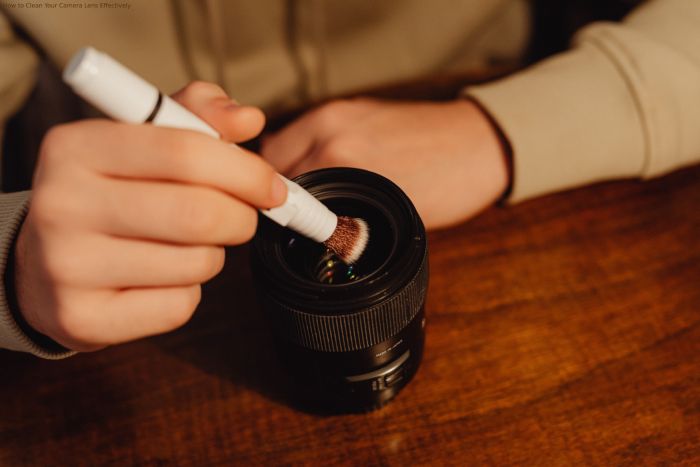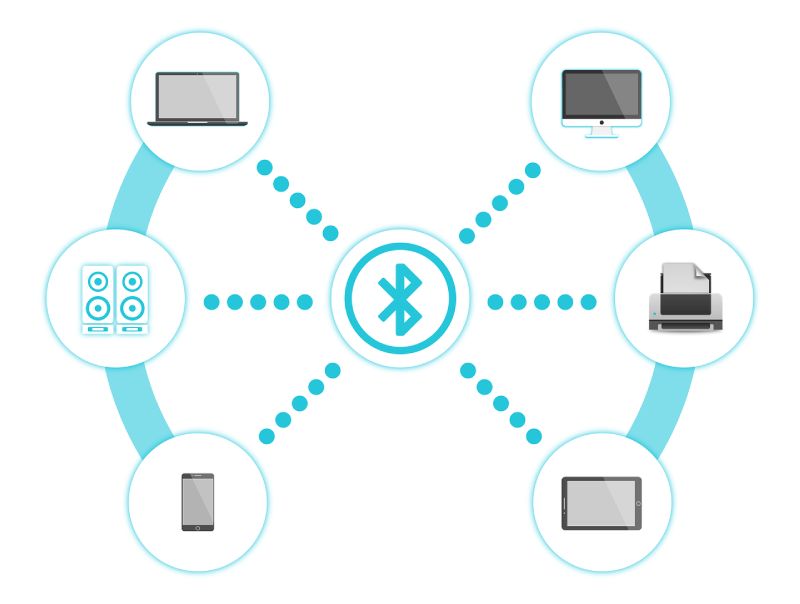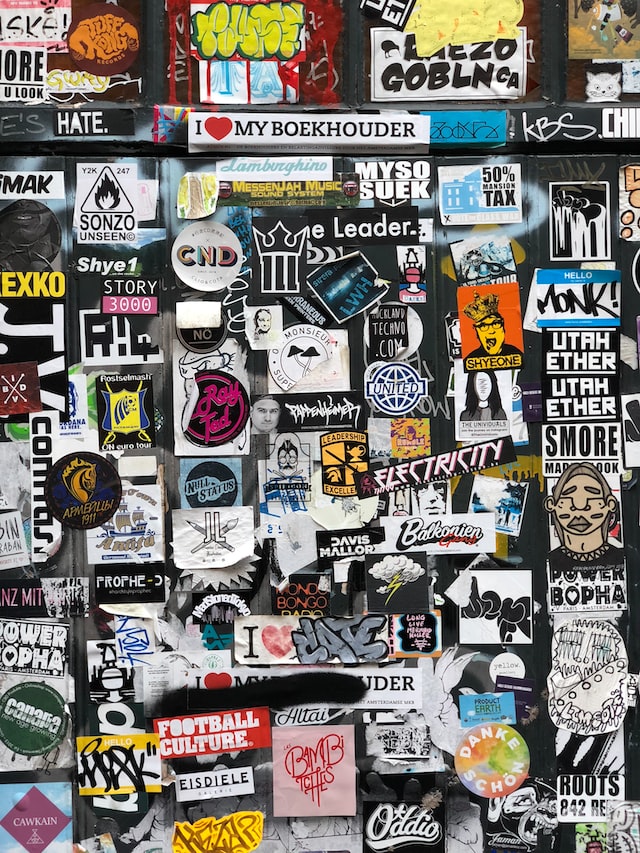Photography remains an evolving art form thanks to continuous innovation in camera technology. Many photography trends today are attracting newcomers to the industry, as well as making photography a common hobby among Millennials and Gen Z. Whether you’re trying to learn rustic outdoor photography or macro photography, investing in the right camera accessories can help elevate your shooting style.
Some accessories like the camera lens are essential for getting high-quality pictures and the zoom level you need. The interchangeable lens market is expected to reach over $22.05 billion by 2030 as more people invest in different lenses for various purposes.
However, if you’re not interested in specific kinds of photography,
you’ll most likely stick with the camera lens that came with your camera. Photography can be an expensive hobby due to the costs of cameras
and their accessories, so taking good care of your kit is necessary. One of the most essential camera accessories you’ll own is the lens,
as a damaged or dirty lens can affect the quality of your images. Below, we’ll look at how to clean your camera lens effectively:
Know when your lens needs cleaning
Firstly, while cleaning your camera lens is good practice, you should be wary about cleaning it too much. Over-cleaning your camera lens risks scratching the fragile surface, so make sure you only do it when you need to. To understand when it needs cleaning, it’s essential to check your lenses’ cleanliness visually. Pay attention to spots, marks, or scratches on your image, as these may mean your lens is due for cleaning. If you’ve cleaned your lens and still see unwanted specs on your photos, your lens might be damaged and could need replacing. If you still see marks on your photos, you may also need to clean your camera’s sensor. Fortunately, your lens cleaning kit can be used for cleaning your sensor — including the lens cleaning solution.
Use dedicated cleaning tools
If you’re sure your lens isn’t damaged and simply needs cleaning, ensure you have the proper tools for cleaning. As mentioned above, the camera lens is fragile and haphazard cleaning may lead to scratches. As such, most manufacturers include cleaning materials with their camera lens kits. These include a lens cleaning solution and a cleaning kit — such as a manual air blower, a blower brush for dust removal, and a microfiber cloth that won’t scratch your lens.
If you don’t have a proper cleaning kit, you can make DIY lens cleaners by gently
mixing 99% isopropyl alcohol with distilled water. You should also remember that even though a microfiber cloth for wiping is generally safe for your camera lens,
it’s essential to clean the cloth before use, as dust particles on the cloth can scratch your lens. It’s best to have a spare microfiber cloth instead of relying on a single one.
Purchase a UV protection lens filter.
Finally, while cleaning your lens is crucial, you should also invest in keeping your camera lens as clean and safe as possible if you frequently use your camera. This will help you avoid over-cleaning and causing unwanted damage. For example, you can get a UV protection lens filter that acts as a protective cover for your lens. This protects your camera lens from scratches, dust, liquids, and other hazards, blocking ultraviolet light and reducing haze. While UV light is invisible to us, it can affect image sharpness and vibrance. UV light can also cause a blue cast in your pictures. Fortunately, most modern digital cameras today have digital sensors that discard most UV light. Even if you don’t need UV filtering, the added protection for your camera lens will help prevent over-cleaning it in the long run.
Also read:-What Is Elk Bledom On Bluetooth? Is Elk Bledom A Hidden Camera?
- What are Sitewide Backlinks & Their Impact on Search Engine Ranking - May 22, 2024
- 10 Tips For How To Use Craigslist to Buy - May 5, 2024
- Best 5 ways to how to get play store back on my smartphone? - May 3, 2024



